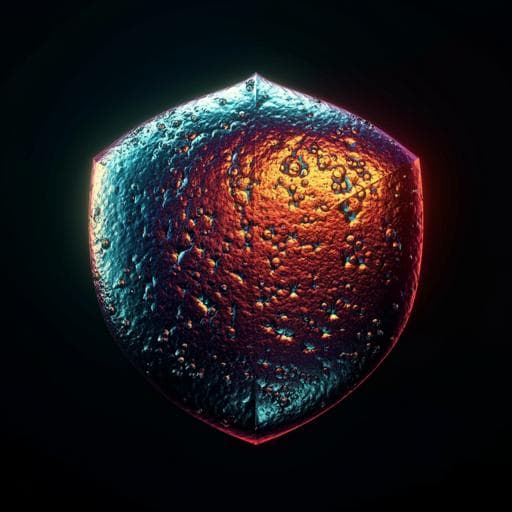
Chemistry
Molybdenum effects on the stability of passive films unraveled at the nanometer and atomic scales
V. Maurice and P. Marcus
This groundbreaking research by Vincent Maurice and Philippe Marcus explores how molybdenum at nano and atomic scales enhances the stability of passive films on various stainless steel surfaces. By delving into advanced surface analysis and DFT modeling, they reveal how molybdenum improves corrosion resistance and protects against chloride ion penetration, making it a vital component in the fight against corrosion.
~3 min • Beginner • English
Related Publications
Explore these studies to deepen your understanding of the subject.







